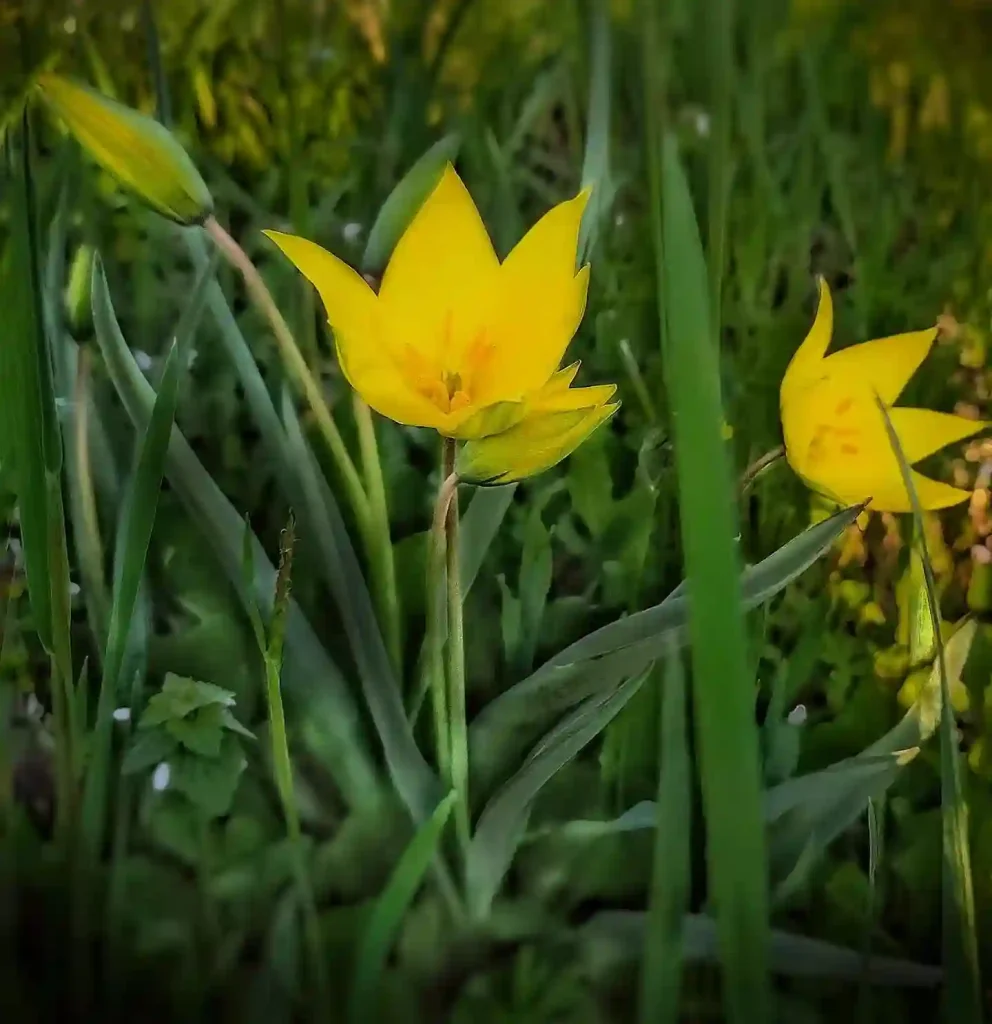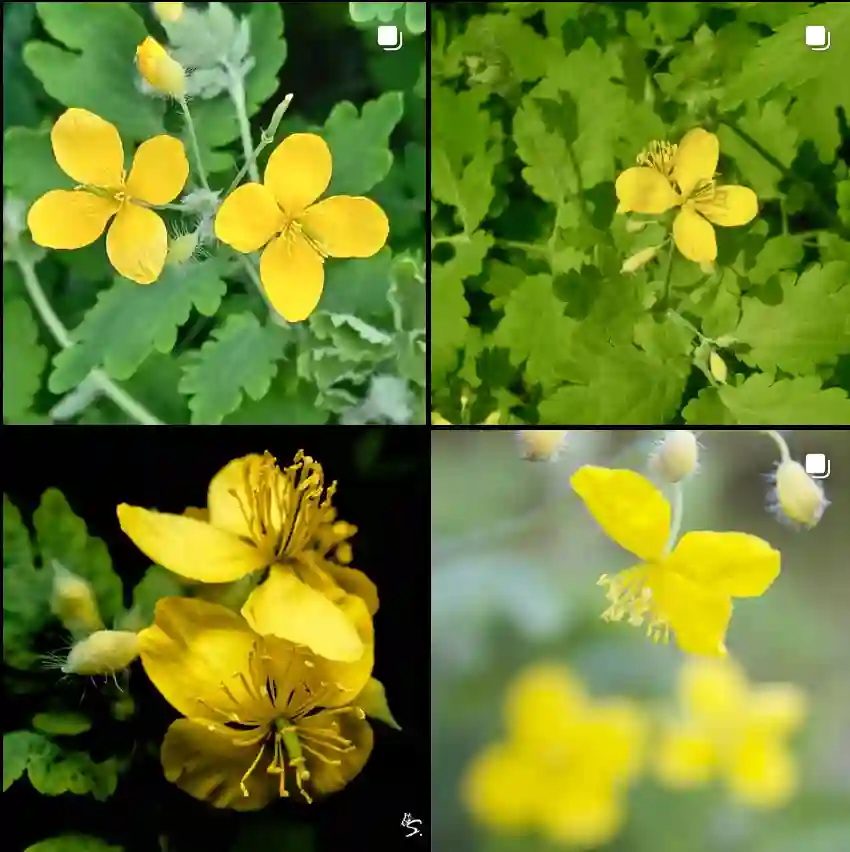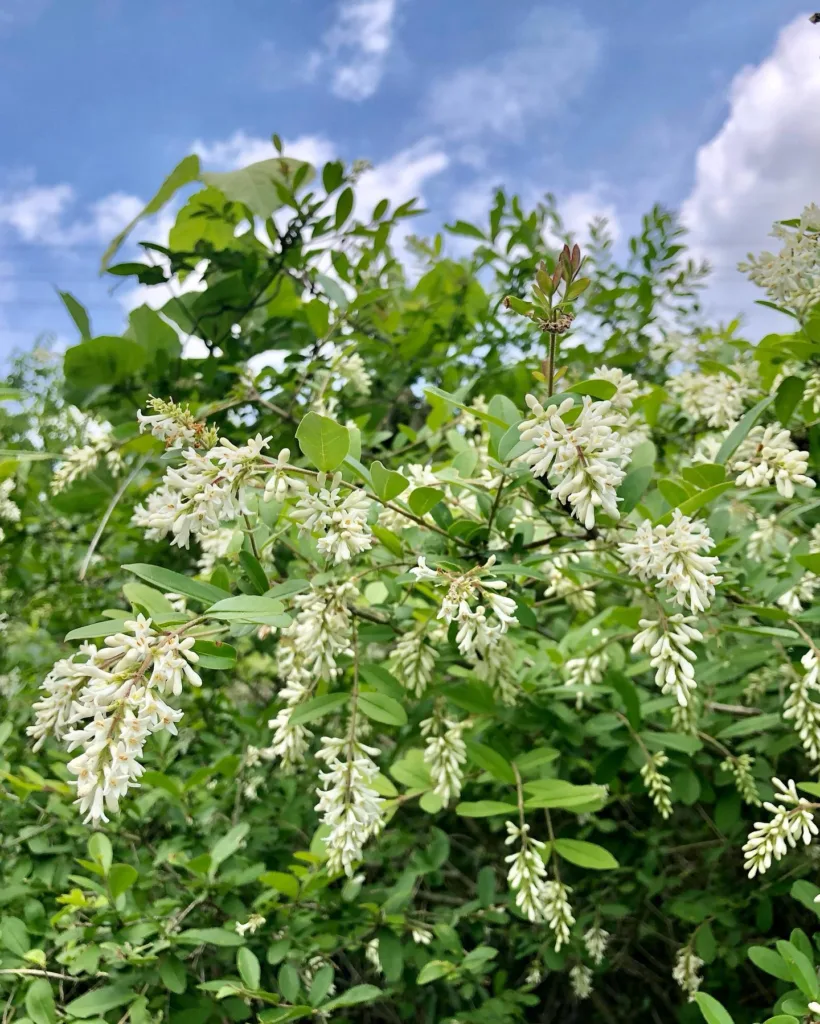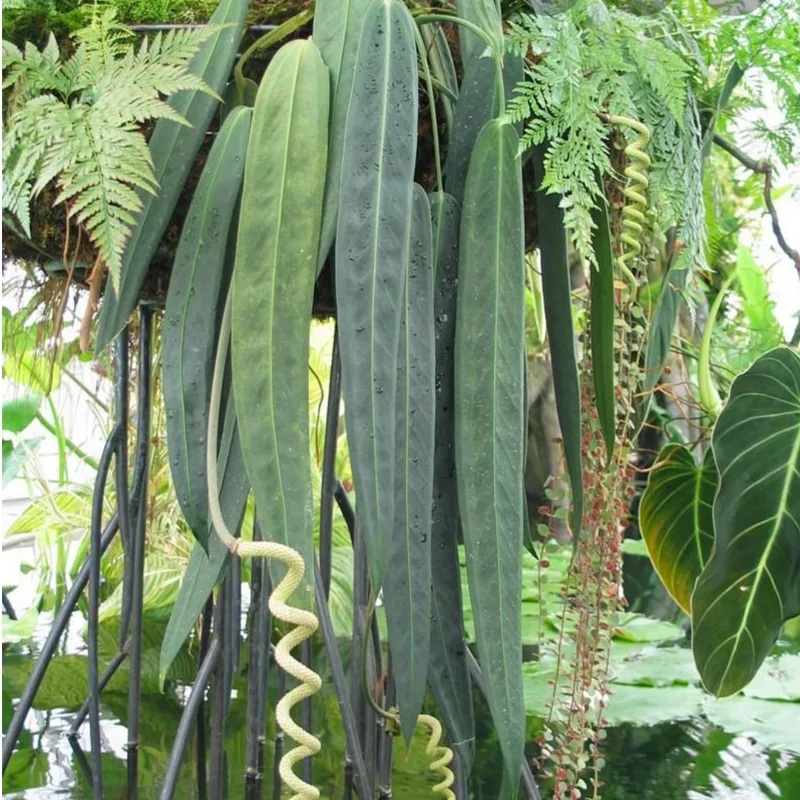Exploring the Dilleniaceae Family: A Personal Journey
As a plant enthusiast, my fascination with the Dilleniaceae family has grown tremendously over the years. This unique family, known for its diverse genera and captivating features, has much to offer. Today, I’ll share my insights about several important genera within the Dilleniaceae family: Acrotrema, Curatella, Davilla, Didesmandra, Dillenia, Doliocarpus, Hibbertia, Neodillenia, Pinzona, Schumacheria, and Tetracera.
Understanding Dilleniaceae
Dilleniaceae is a flowering plant family predominantly found in tropical and subtropical regions. These plants are often characterized by their distinct floral structures, including large, showy flowers that attract a variety of pollinators. The family contains both trees and shrubs, making it an essential part of many ecosystems.
The Genera of Dilleniaceae
Acrotrema
One of the lesser-known genera, Acrotrema, consists of flowering plants that are primarily found in Southeast Asia. I’ve found Acrotrema fascinating due to its unique leaf shape and structure. The leaves are typically glossy and have a distinct venation pattern, which adds to the plant’s aesthetic appeal. Additionally, its flowers, although not as showy as those of some other genera, have a subtle beauty that I appreciate.
Curatella
Curatella is another interesting genus within the Dilleniaceae family. It is commonly found in South America, especially in Brazil. One of the standout features of Curatella is its ability to thrive in varied soil types, including poor, rocky soils. In my experience, Curatella species often exhibit resilience, making them ideal for those looking to cultivate hardy plants. The tree-like structure and thick, leathery leaves provide an excellent habitat for various wildlife.
Davilla
Davilla is a genus that caught my attention during my exploration of tropical rainforests. The plants in this genus typically exhibit climbing or sprawling growth habits, which can create a lush green canopy. I admire how Davilla species often climb over other vegetation, showcasing nature’s intricate dance of survival. The flowers of Davilla are usually small and may go unnoticed, but they play a crucial role in the ecosystem by attracting pollinators.
Didesmandra
Didesmandra is relatively obscure, yet it has piqued my interest due to its unusual reproductive structures. This genus produces flowers with unique floral arrangements that are fascinating to observe. I recall my first encounter with Didesmandra and how the intricacies of its flowers left me in awe. The genus is a reminder that beauty often lies in the details.
Dillenia
Dillenia is perhaps the most well-known genus in the Dilleniaceae family, and for good reason. These plants are renowned for their large, attractive flowers, which often bloom in stunning colors. I’ve seen Dillenia species used in landscaping for their ornamental value, and they never fail to impress. The fruit of Dillenia is also noteworthy; it is edible and has a tangy flavor that some people enjoy. I remember tasting it for the first time and appreciating its unique taste, which reminded me of a mix between apple and citrus.
Doliocarpus
Doliocarpus plants are primarily found in tropical regions, and their climbing or trailing growth habit makes them unique. I’ve often seen Doliocarpus species growing alongside other tropical plants, contributing to the rich biodiversity of their habitats. The flowers are not overly conspicuous, but their presence adds depth to the ecosystem. What I find most interesting about Doliocarpus is its ability to adapt to various environmental conditions, making it a versatile addition to any garden.
Hibbertia
Hibbertia is a genus that I have a particular fondness for. The flowers of Hibbertia are bright and cheerful, often attracting a wide range of pollinators. These plants are commonly found in Australia, where they thrive in a variety of habitats. In my own garden, I’ve planted Hibbertia species, and I appreciate how they bloom profusely and require minimal maintenance. Their resilience in various soil conditions makes them an excellent choice for anyone looking to add a splash of color to their landscape.
Neodillenia
Neodillenia is a genus that I came across in my studies, and it has a unique position within the Dilleniaceae family. It has striking flowers that resemble those of Dillenia, yet they possess their own distinct characteristics. The species within Neodillenia are often less common, which adds to their allure for collectors like myself. Their beauty and rarity make them a valuable addition to any botanical collection.
Pinzona
Pinzona is another intriguing genus in the Dilleniaceae family. The plants within this genus are typically found in tropical regions and are known for their attractive foliage. I find the leaves of Pinzona species to be particularly striking, often displaying a mix of colors that can brighten up any space. Their ability to thrive in shady areas makes them a great choice for adding greenery to less sunlit parts of a garden.
Schumacheria
Schumacheria represents a lesser-known aspect of the Dilleniaceae family. The species in this genus are often shrubs or small trees with distinctive flowers. My experiences with Schumacheria have shown me how these plants can serve as a vital source of food for local wildlife. I’ve noticed how bees and butterflies are particularly attracted to their blooms, emphasizing their ecological importance.
Tetracera
Finally, Tetracera is a fascinating genus known for its climbing plants. These species often have thick, woody stems that allow them to reach considerable heights. In my explorations, I’ve found Tetracera to create stunning vertical gardens when cultivated correctly. The flowers are small but can be quite beautiful, contributing to the biodiversity of their habitats.
Conclusion
The Dilleniaceae family, with its diverse genera, offers a plethora of fascinating plants that I’ve come to appreciate over the years. Each genus presents unique characteristics and contributions to the ecosystem, from the resilient Curatella to the vibrant Hibbertia. Exploring these plants has deepened my love for botany, and I encourage anyone with a passion for nature to delve into the world of Dilleniaceae. Whether you’re a seasoned gardener or just starting, these plants are sure to inspire and enrich your botanical journey.
If i die, water my plants!



